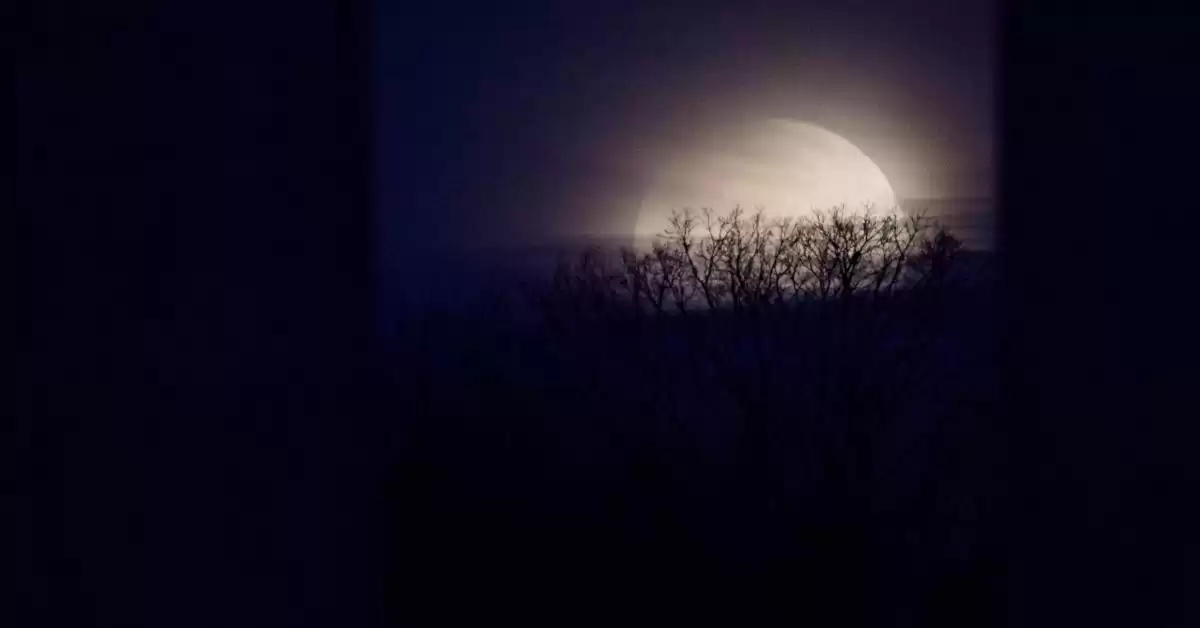"When to Catch the August 2023 Full Moon: Discover Everything About the Upcoming Blue Moon"
Get ready for a rare double full moon in August 2023! The second full moon will be the closest, biggest, and brightest supermoon of the year.
August 2023 is shaping up to be a lucky month for astronomy enthusiasts, as not one, but two full moons are set to grace the sky. Full moons are a celestial phenomenon that occur approximately once a month, captivating us with their beauty and grandeur. While full moons are often associated with various superstitions, myths, and legends, what happens when we experience two in a single month?
According to Almanac.com, the first full moon, known as the Sturgeon Moon, appeared on August 1, 2023. But the real treat awaits us on August 30, 2023, when the second full moon, known as the Blue Moon, will make its appearance. This Blue Moon is expected to reach its peak at 9:36 p.m., and it is anticipated to be the closest, biggest, and brightest full supermoon of the entire year. In fact, this particular moon will be relatively close to Earth, at a distance of 222,043 miles. We won't witness another moon this close until November 5, 2025.
If you happen to miss the full moon on August 30, fret not, as CBS News reports that the Harvest Moon will grace our skies on September 28. However, if you're hoping to catch a glimpse of a blue moon, you'll have to wait until May 2026.
The August 30 full moon is expected to be a sight to behold, as it will shine brightly and appear larger than usual. According to Space.com, you can simply look towards the east after sunset to witness the full moon in all its glory. This particular Blue Moon is classified as a supermoon, meaning it will appear larger to the naked human eye, approximately 7 percent larger than a typical full moon. For those seeking an even more enhanced view, using binoculars can provide an even better perspective.
Professor Sara Russell from the Natural History Museum in London sheds light on the phenomenon of supermoons. A supermoon occurs when a full moon coincides with the moon's closest position to Earth. The moon's distance from Earth can range between 360,000 and 400,000 kilometers, and when it is at its closest point, known as "perigee," it can appear approximately 14 percent larger than when it is at its farthest point, known as "apogee."
In addition to their larger appearance, supermoons like the August blue moon also emit a significantly brighter light. The Natural History Museum explains that supermoons can reflect about 30 percent more sunlight onto Earth compared to when the moon is in a dimmer phase. This is due to the fact that as the moon draws closer to Earth, more of the sun's rays are reflected off its surface and reach our planet.
So, mark your calendars for August 30, 2023, and prepare to witness a truly remarkable celestial event. The Blue Moon, shining brightly and appearing larger than usual, will captivate us with its splendor. Whether you choose to observe it with the naked eye or through the aid of binoculars, this supermoon is sure to leave a lasting impression. Don't miss this once-in-a-lifetime opportunity to experience the magic of the night sky.











Comments on "When to Catch the August 2023 Full Moon: Discover Everything About the Upcoming Blue Moon"